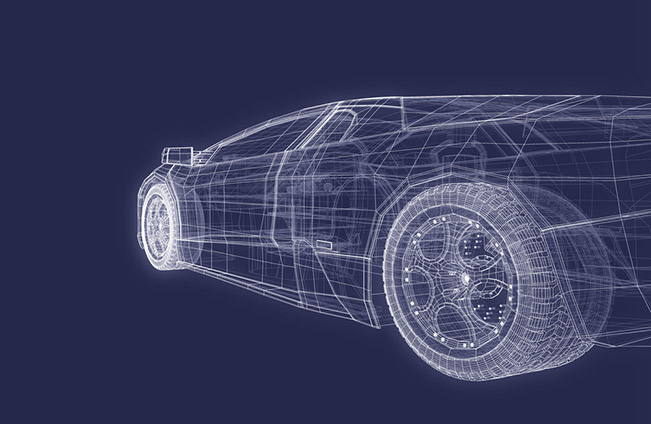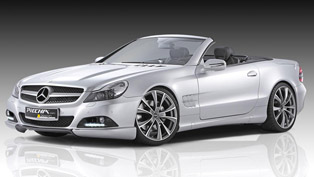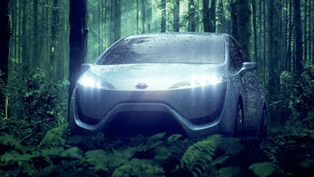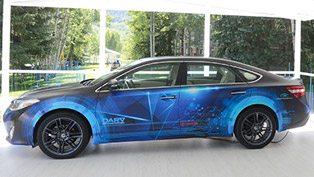The high Spec tech behind modern vehicle manufacture
 Many drivers take for granted the technology that goes into getting their vehicle off the assembly line and onto the road. The fact that motor vehicles even exist is down to the growth of radical technology in the 19th century - the internal combustion engine - aided by the increasing availability of petroleum. Technology continues to shape the motor industry and in recent decades the sector has become incredibly high-tech. Indeed, the availability and precision of engineering technology has allowed car manufacturers to create a generation of truly advanced vehicles.
Many drivers take for granted the technology that goes into getting their vehicle off the assembly line and onto the road. The fact that motor vehicles even exist is down to the growth of radical technology in the 19th century - the internal combustion engine - aided by the increasing availability of petroleum. Technology continues to shape the motor industry and in recent decades the sector has become incredibly high-tech. Indeed, the availability and precision of engineering technology has allowed car manufacturers to create a generation of truly advanced vehicles.
Engineering innovation is particularly notable in the luxury car sector of the motoring industry. Precision is essential in the supercar segment, with manufacturers required to make niche vehicles that can withstand the type of driving conditions that the ordinary family car would never be exposed to. Many of the technologies used in racing cars have gravitated towards mainstream manufacturing too, from developments in engine technology to the use of lighter materials, such as aluminum, in the bodies of vehicles.
The advent of computer aided design (CAD) has been a great boon to car manufacturing, allowing designers and engineers to bring their concepts to fruition. A key element of CAD is that it facilities cooperation between designers and engineers, making the sharing of information so much easier as the feasibility of a project is evaluated and the concept moves towards the factory floor. Modern CAD software even allows the simulation of actual vehicle performance. From the point of view of marketing and selling the finished vehicle, CAD also allows designers to create visual prototypes of what it will look like. CAD can be employed along each step of the way, including the development of tools from specialist manufacturers such as Transducer Techniques, who offer load cells requiring precision engineering, to accurately measure the type of forces they are designed to measure. CAD systems for automotive design are even used to identify and eliminate faults in the design, using 3D simulations to model real-life situations in which vehicles are exposed to various conditions, such as high speeds and adverse weather conditions.
Of course, high-tech is not limited to the manufacturing floor, with modern, luxury vehicles featuring high-spec systems that make the actual driving process as smooth as it can possibly be. The level of electronics featured in luxury models is astonishing; with some cars relying on a level of software integration that people might more readily associate with an airliner. From adaptive cruise control to sensors that enable safer parking, software is used to manage many of the features that people have come to take for granted in their vehicles. In recent years, mobile technology has been integrated into vehicles, and has moved from the luxury segment down into more mainstream market segments.
Technology, therefore, plays an integral role in the manufacturing of modern vehicles. Nonetheless, it is humans who design technology and not the other way around, so the role of real-life automotive designers still remains central to the design of high-tech vehicles.









